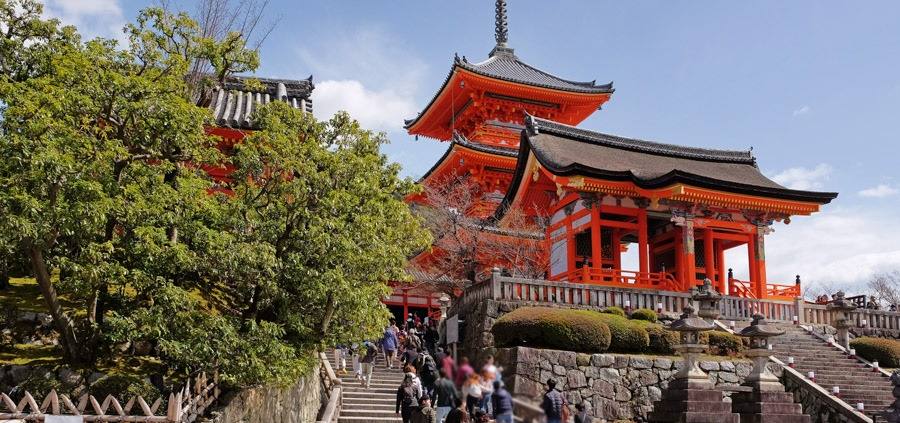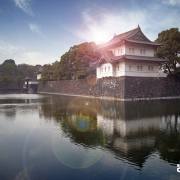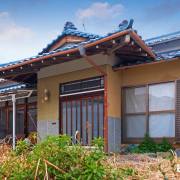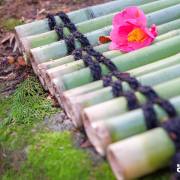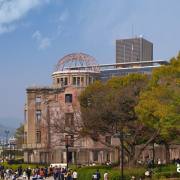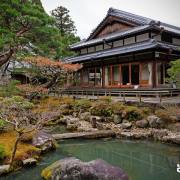Kyoto and Osaka
We were already thinking that we won’t return soon to Tokyo, after spending 18 days away from it and planning to continue our trip in the south part of Japan. But suddenly we found ourselves forced to return to one of its main stations if we wanted to benefit from the cheapest transportation option available.
We opted for a seven hours long bus ride from Shinjuku station in Tokyo, that would bring us to Osaka, via Kyoto. We paid 50 euro per person on www.kousokubus.net (the sooner you book the better since the cheaper options are sold out very fast), which was considerably cheaper than booking a train ticket. We didn’t organize train tickets in advance because we wanted to be flexible on our dates and found it more convenient to choose our departure dates spontaneously. The idea of being 7 hours on the road (plus the one hour and a half from Hadano to Tokyo at an impossible early time in the morning) did not feel like a good one to be considered, but after finding ourselves in a spacious bus with free Wi-Fi and considerably space to stretch our legs we were actually happy with our decision.
We arrived late in Osaka and headed directly to our accommodation to receive our key. Our place for the night was a private room at the Tsubaki Guest House, a cute place that probably looked much better in the past before the owners stopped carrying so much about dusty surfaces and reconditioning some of the areas in the buildings. But we were happy for all the facilities they offered and for being upgraded the next morning to a much bigger room that felt fresher.
Exploring Osaka
We woke up the first day with clouds over the city and experienced light rain showers throughout the day, but the weather still allowed us to take long walks and get the most out of our time there. Osaka is the second-largest city in Japan but less touristic than other smaller cities. We used this to our advantage, being able to find here cheap accommodation and took day trips to Kyoto and Nara in the following days without having to deal with crowds of people.
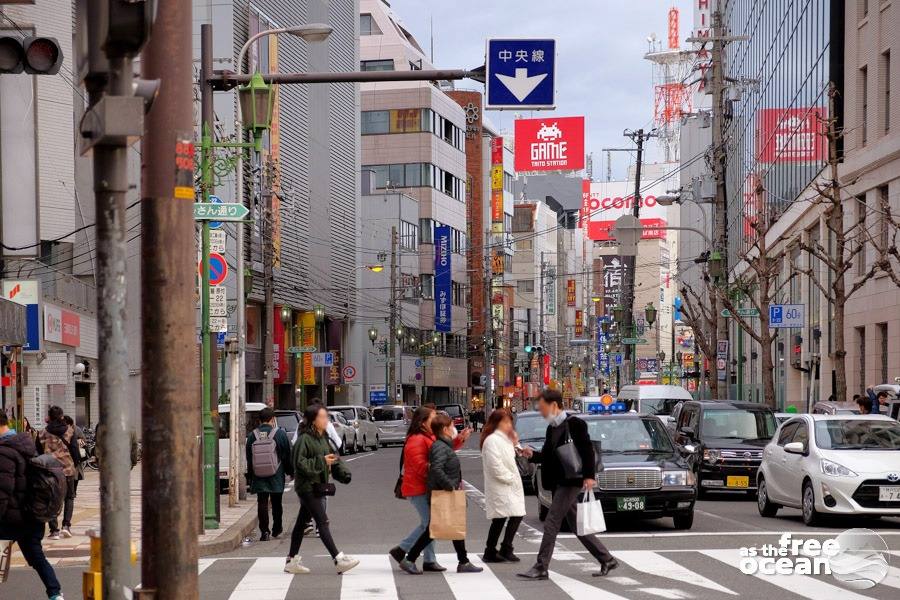
But being less touristic doesn’t make Osaka less interesting than other places. The city is very animated and offers beautiful city landscapes. The highlight of our stay in the capital of the Osaka prefecture was the area around the Namba station, known as Dotonbori, a large area for shopping lovers and seekers of delightful food. Colorful lights, expressive images and an incredible atmosphere will make you want to spend there as much time as possible. And after getting lost in the crowd it feels nice to stop and treat yourself with a delicious meal in Japanese style.
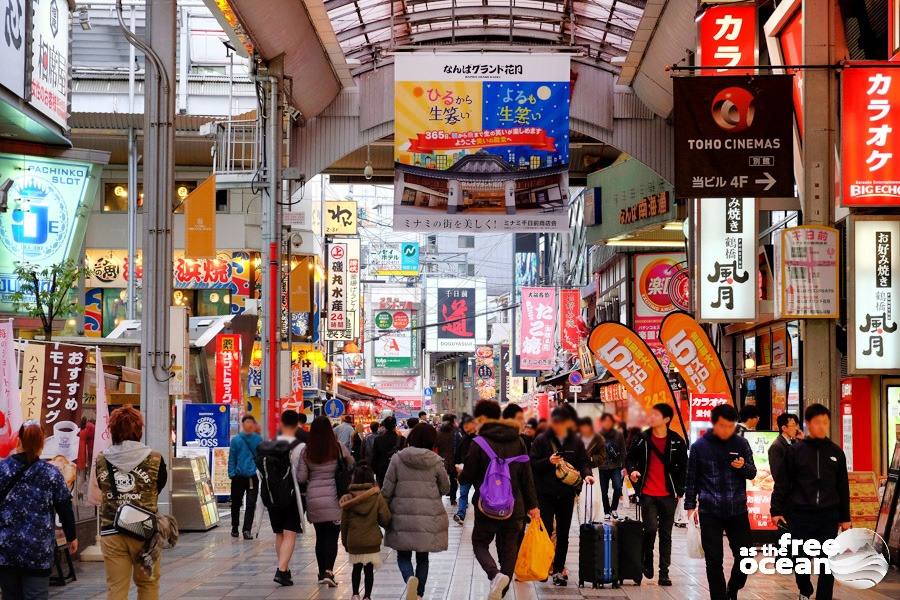
We tried in 3 days all the food that we knew it’s going to be missed after leaving the country, although we knew that very soon our taste buds will feel the compensation of the delicious Chinese cuisine. We headed to an Udon restaurant the first evening and came back the next days for portions of Okonomiyaki, fried meat, tasty rice snacks and Ramen. And everything at more affordable prices than at our previous destinations.
From Osaka to Kyoto
After visiting Nara in one of the following days, we dedicated a full day time to Kyoto, the former capital of Japan. You will not find here so many skyscrapers around like in Tokyo, but you will discover a city full of history, traditions and beautiful streets to walk on.
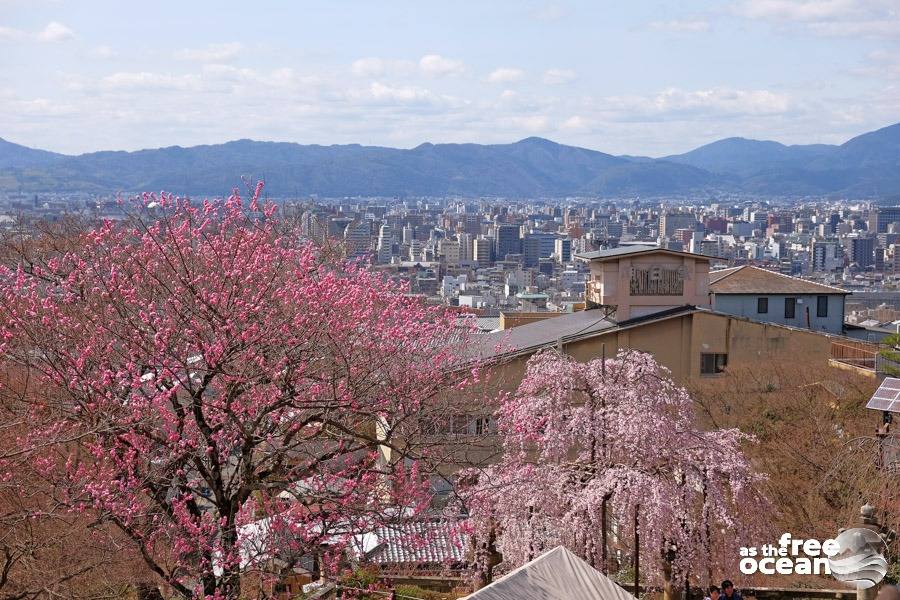
Kyoto is well connected by buses and for 600 yen you can buy a day ticket, which is very convenient considering the normal bus ticket fare. Ask for it at any of the main bus stations or directly to the bus driver.
We started early in the morning by taking the train to Kyoto from the station next to our hostel. From the central station of Kyoto we hopped on the bus to the Bamboo grove of Shoden-Ji Temple. It is a small place to visit but a good spot to take pictures without being bothered by tourists, as most people go to the Arashiyama Bamboo Grove, which is bigger and more spectacular. The second one was on our list of places to visit, but at the end of the day we decided to leave it out, as we experienced something much better.
Our next stop was Gion, Kyoto’s most famous geisha district, a lovely area filled with shops, restaurants and teahouses (ochaya). Part of its charm comes from the traditional wooden machiya merchant houses with their narrow facades. It is also the place where for decades guests have been entertained by geiko (Kyoto dialect for geisha) and maiko (geiko apprentices). The entertainment consists of being engaged in light conversation with the geisha that also serves drinks and performs traditional music and dance. The service is usually very expensive and exclusive, requiring as per tradition an invitation from an existing customer. But nowadays the rules can easily be changed for guests with a sufficient budget.
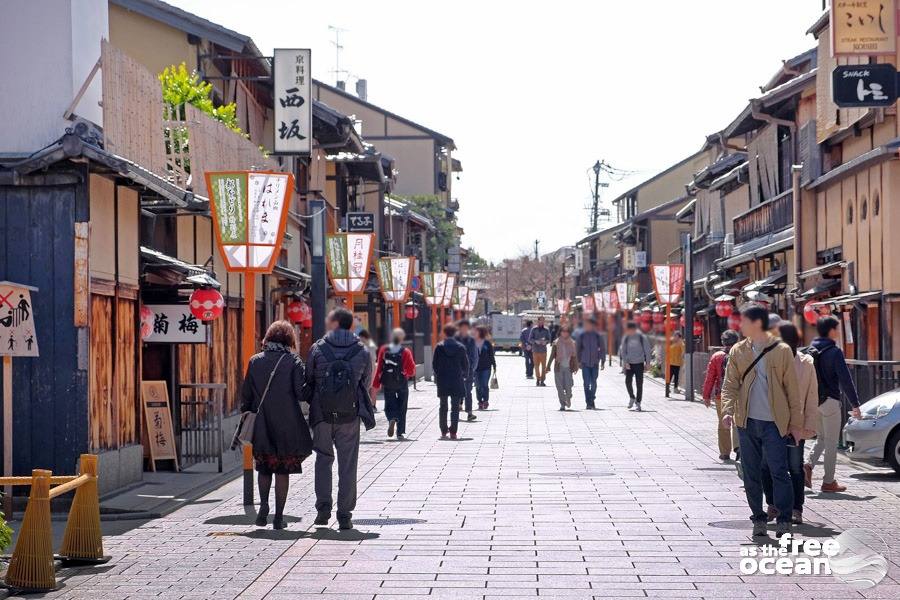
From Gion, we walked to the Kiyomizu-Dera temple, an old wooden structure, one of the biggest in the world. After our visit, we stopped for lunch and coffee in the garden surrounding the temple.
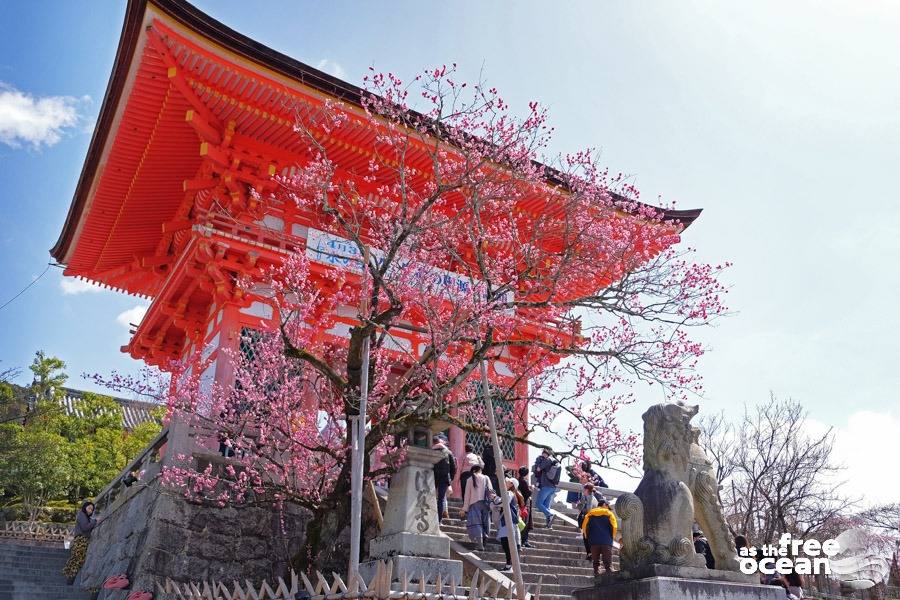
The Yasaka Shrine was the next one to enchant us with its bright colors, followed by Fushimi Inari-Taisha Shrine, which was also the highlight of our visit to Kyoto. It is mostly famous for its thousands of red torii gates (called Senbon Torii) that lead the way into the wooded forest of the sacred Mount Inari, which stands at 233 meters altitude. The inscriptions on the torii gates are the names of the donators and the dates when they have been offered to the temple.
After getting lost in the density of torii gates and admiring the views over the city from a different viewpoint along the trail, we found ourselves on a narrower and unmarked trail that brought us into a gigantic and extremely beautiful bamboo forest. We got lost several times during our travels, but this time it seemed like the most beautiful way to be lost somewhere. And we could enjoy it far from the crowd that we encountered at the entrance in the shrine.
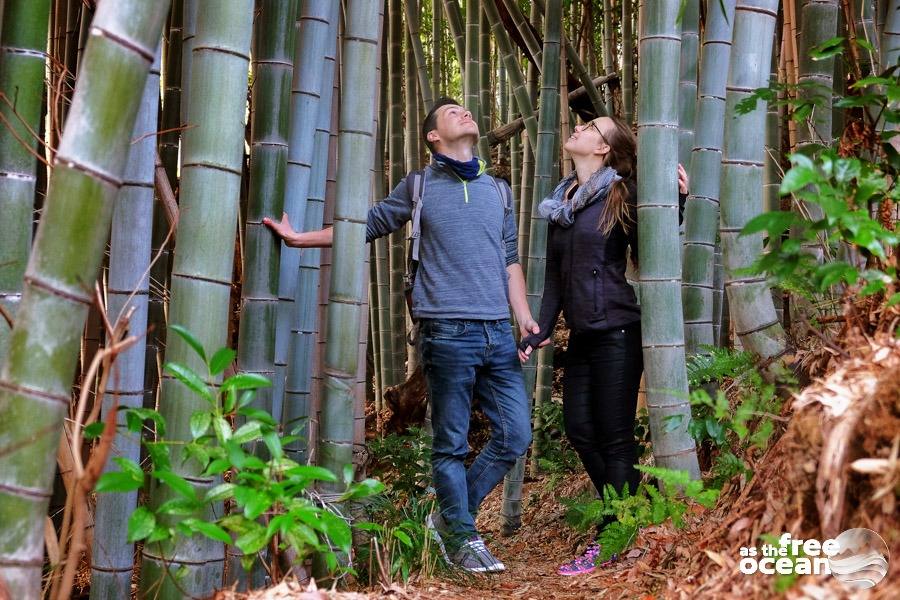
By the way, discovering this forest was the reason why we decided not to go to Arashiyama Bamboo Grove anymore, as we felt that visiting the groove will feel less entertaining than we previously expected.
We enjoyed the sunset from the window of the train that brought us back to Osaka, where we spent a peaceful last day, before taking the next bus to our last destination in Japan, Hiroshima.

